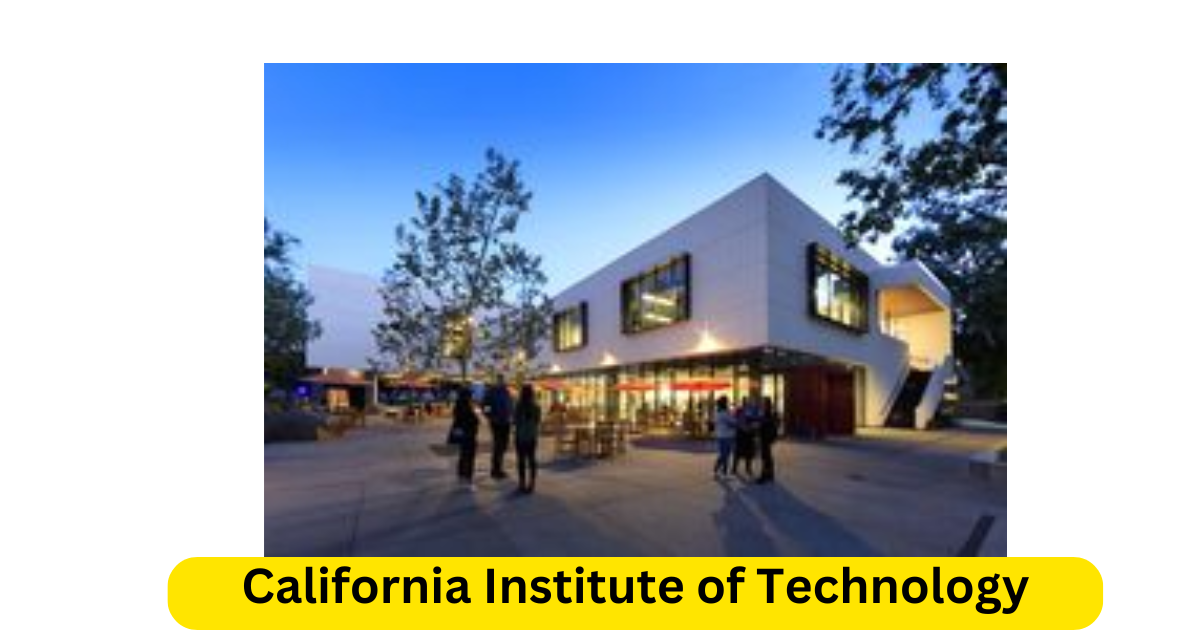California Institute of Technology: A Hub of Scientific Innovation and Excellence
The California Institute of Technology (Caltech) is a world-renowned private research university known for its strong emphasis on science and engineering. Established in 1891, Caltech has earned a reputation for pioneering research, innovative education, and influential alumni. This article explores the history, academic programs, notable alumni, and the significant impact of Caltech on science, technology, and society.
A Brief History of the California Institute of Technology
Founded as Throop University, Caltech was initially established to provide a practical and scientific education. Located in Pasadena, California, the institution was renamed the California Institute of Technology in 1920, reflecting its growing focus on advanced scientific research and education.
Key Milestones in Caltech’s History
- 1891: Caltech is founded as Throop University.
- 1920: Renamed the California Institute of Technology.
- 1928: The first Ph.D. is awarded by Caltech.
- 1969: The Jet Propulsion Laboratory (JPL), managed by Caltech, sends the first humans to the moon.
Academic Excellence
Caltech is renowned for its rigorous academic programs, distinguished faculty, and commitment to scientific inquiry. The university offers a wide range of programs across various disciplines, fostering a collaborative and intellectually stimulating environment.
Undergraduate Education
Caltech’s undergraduate program is designed to provide a comprehensive education, encouraging critical thinking and interdisciplinary studies. Key features include:
- Core Curriculum: A distinctive feature of the undergraduate experience, the Core Curriculum ensures that students gain a broad education in the natural sciences, mathematics, and humanities.
- Research Opportunities: Programs like the Summer Undergraduate Research Fellowships (SURF) provide students with opportunities to engage in independent research projects alongside faculty.
- Interdisciplinary Approach: The university encourages students to explore multiple fields of study, fostering a well-rounded education.
Graduate and Professional Education
Caltech’s graduate programs are equally prestigious, offering advanced degrees across a wide range of disciplines. Notable schools and departments include:
- Division of Physics, Mathematics, and Astronomy: Known for its contributions to fundamental research and scientific discovery.
- Division of Engineering and Applied Science: A leader in interdisciplinary research and education, advancing the frontiers of technology and innovation.
- Division of Biology and Biological Engineering: Pioneering research in genetics, bioengineering, and neuroscience.
Research and Innovation
Caltech is at the forefront of groundbreaking research and innovation. The university’s numerous research centers and institutes contribute significantly to advancements in various fields. Key research areas include:
- Space Science and Exploration: Home to the Jet Propulsion Laboratory (JPL), Caltech leads research in space exploration, planetary science, and astrophysics.
- Quantum Science and Technology: Advancing knowledge in quantum mechanics, quantum computing, and quantum information science.
- Sustainability and Environmental Science: Addressing critical issues related to climate change, energy, and sustainability through interdisciplinary research.
Notable Alumni
Caltech has produced a remarkable array of alumni who have made significant contributions to society in various fields. Some of the most distinguished include:
- Nobel Laureates: Caltech has produced numerous Nobel Prize winners in fields such as physics, chemistry, and economics.
- Frank Borman: NASA astronaut and commander of Apollo 8, the first mission to orbit the moon.
- Gordon Moore: Co-founder of Intel and author of Moore’s Law, which predicts the exponential growth of computing power.
Global Impact and Influence
Caltech’s influence extends far beyond its Pasadena campus, impacting global education, policy, and innovation through its collaborative efforts and outreach programs.
Collaborations and Partnerships
Caltech actively collaborates with institutions worldwide to address global challenges and promote academic exchange. These partnerships include joint research initiatives, exchange programs, and international conferences.
Public Service and Outreach
Caltech is deeply committed to public service and community engagement. The university’s various outreach programs and initiatives aim to make a positive impact on society. Notable examples include:
- Caltech Y: Engaging students in community service, social innovation, and public policy initiatives.
- Community Science Nights: Providing hands-on science education and outreach to local schools and communities.
Admission Process and Requirements
Gaining admission to Caltech is highly competitive, with an acceptance rate typically below 7%. Prospective students must demonstrate exceptional academic achievements, strong extracurricular involvement, and a compelling personal narrative.
Key Admission Requirements
- High School Transcript: Reflecting academic excellence in a rigorous course load.
- Standardized Test Scores: While Caltech has adopted a test-optional policy for recent admissions cycles, strong SAT or ACT scores can enhance an application.
- Extracurricular Activities: Demonstrating leadership, community service, and other significant involvements.
- Personal Essays: Offering insights into the applicant’s personality, values, and aspirations.
- Letters of Recommendation: Providing valuable perspectives from teachers, counselors, or mentors.
Conclusion
The California Institute of Technology stands as a beacon of intellectual rigor, innovation, and leadership in science and technology. Its rich history, distinguished academic programs, and influential alumni make it a cornerstone of global advancement in various fields. As the university continues to evolve, its commitment to fostering a culture of inquiry and excellence remains unwavering.
